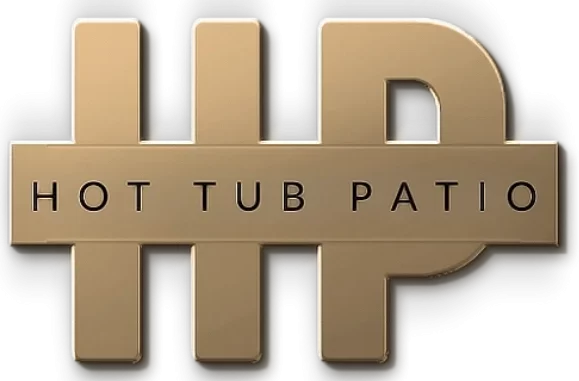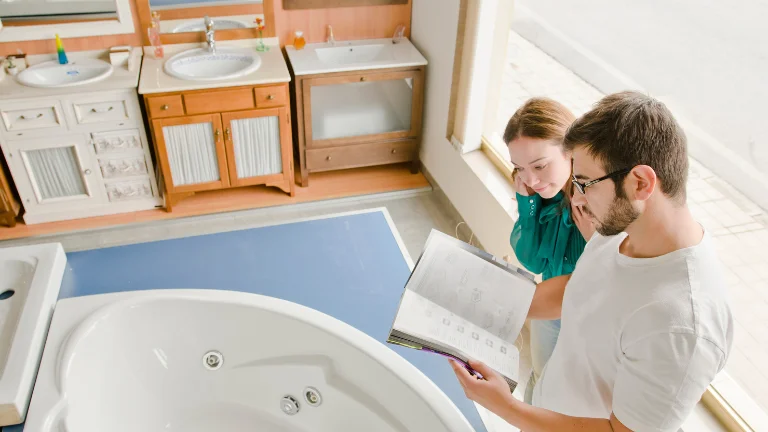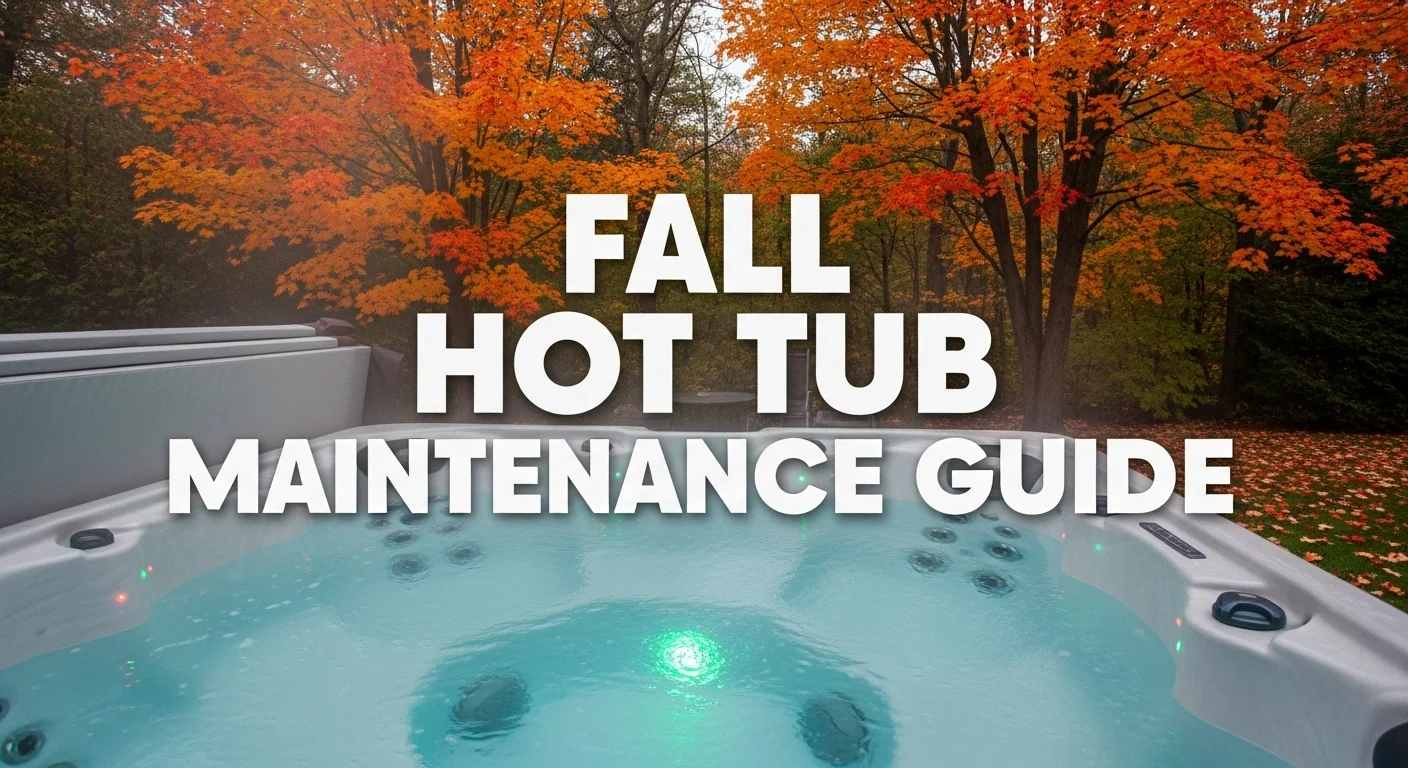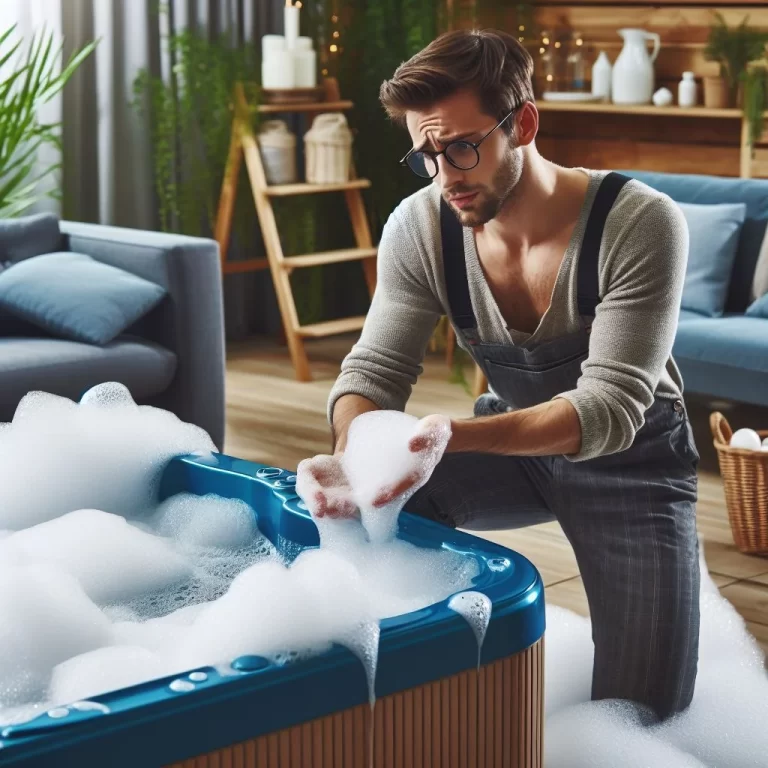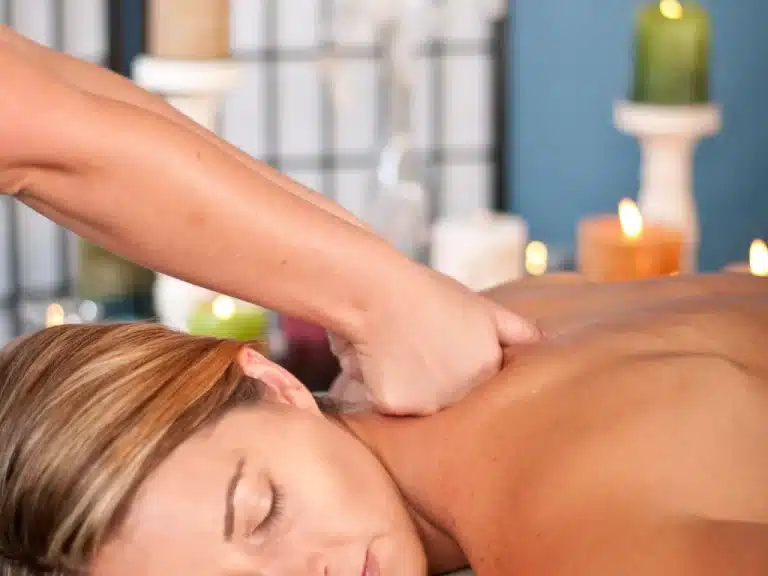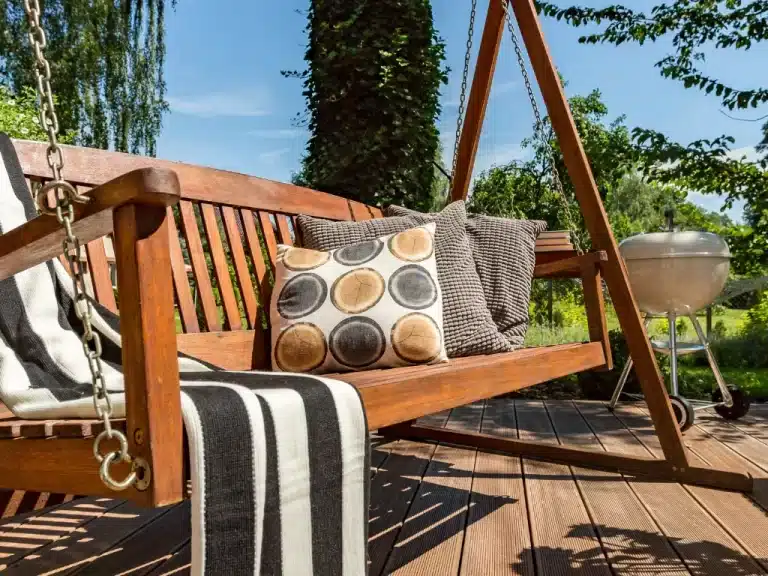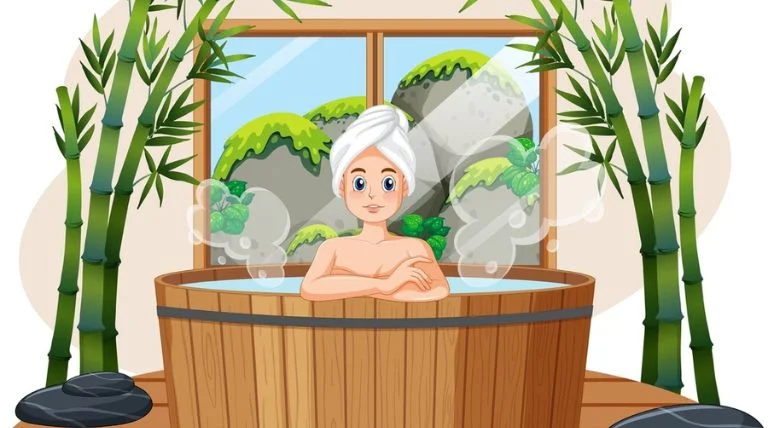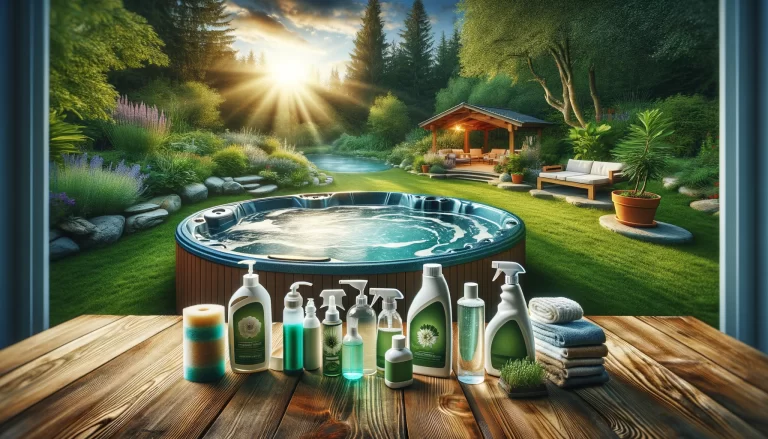Fall Hot Tub Maintenance Guide
To maintain your hot tub in fall, drain and refill the water every 3-4 months, clean filters weekly, and test water chemistry twice weekly to keep pH at 7.2-7.8 and chlorine at 3-5 ppm.
Remove debris daily, inspect the cover for wear, and check for leaks to ensure efficient operation and prevent costly repairs.
Why Maintain Your Hot Tub in Fall?
Fall maintenance prepares the hot tub for seasonal changes, reducing risks from debris, temperature fluctuations, and reduced usage. It helps maintain water balance, prevents equipment strain, and supports energy efficiency.
Key reasons include:
- Debris from leaves and pollen can clog filters and alter water chemistry.
- Cooler air increases heat loss, raising energy costs if not addressed.
- Infrequent use may lead to stagnant water issues like bacterial growth.
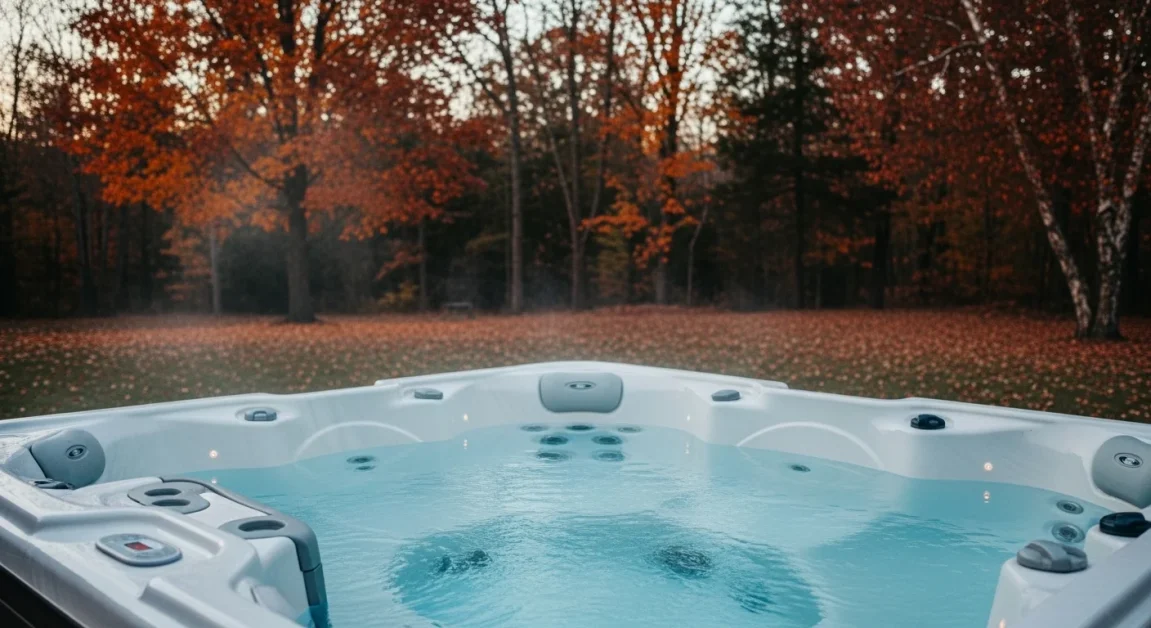
Maintenance Requirements Table
| Task | Tools/Supplies | Skill Level | Time |
|---|---|---|---|
| Test Water Chemistry | Test strips, chemicals | Beginner | 10–15 min, 2-3x/week |
| Clean Filters | Skimmer net, filter cleaner | Beginner | 5–30 min, weekly/monthly |
| Drain & Refill | Hose, shop vacuum, cleaner | Beginner | 1.5–2 hours, every 3-4 months |
| Inspect Cover | Mild soap, cloth, vinyl protectant | Beginner | 30–60 min, monthly |
| Check for Leaks | None (visual inspection) | Beginner | 10–20 min, monthly |
| Boost Energy Efficiency | Insulating cover, thermometer | Beginner | 5–10 min, as needed |
Step-by-Step Fall Maintenance Checklist
Follow these steps to perform routine fall maintenance. Aim to complete them at the start of the season or as needed.
- Drain and Refill the Water Drain and refill every 3-4 months to remove contaminants. In fall, this refreshes water after summer use and before cooler months.
- Turn off power and heater.
- Attach a hose to the drain valve and empty the tub.
- Clean the interior with a non-abrasive cleaner.
- Refill with fresh water, then balance chemicals.
- Clean the Shell and Filters Clean the hot tub shell and filters to remove buildup from summer residues and fall debris.
- Wipe the shell with a soft cloth and mild cleaner.
- Rinse filters weekly; soak in filter cleaner monthly.
- Replace filters every 1-2 years or if damaged.
- Balance Water Chemistry Test and adjust water weekly to maintain safe levels, as fall weather can cause imbalances.
- Use test strips or a kit for pH, alkalinity, and sanitizer.
- Shock the water weekly to oxidize contaminants.
- See the table below for ideal ranges.
- Inspect and Maintain the Cover Check the cover for wear, as it prevents heat loss and debris entry in fall.
- Clean with water and mild soap; avoid harsh chemicals.
- Inspect for tears or sagging; repair or replace if needed.
- Ensure straps and locks are secure.
- Check for Leaks and Components Inspect equipment to catch issues from temperature swings.
- Look for leaks around jets, pumps, and pipes.
- Test the heater and circulation pump.
- Clean cabinet exterior quarterly.
- Prepare for Energy Efficiency Adjust settings for fall to minimize heat loss.
- Set temperature to 100-102°F (38-39°C) for comfort.
- Use an insulating cover or windbreak if exposed.
- Monitor energy use; cooler air may increase runtime.
Fall Hot Tub Maintenance Checklist
- Drain & Refill Water: Empty every 3-4 months; clean shell and refill with fresh water.
- Clean Filters: Rinse weekly; soak in filter cleaner monthly; replace every 1-2 years.
- Test Water Chemistry: Check pH (7.2-7.8) and chlorine (3-5 ppm) 2-3 times weekly.
- Inspect Cover: Clean with mild soap; check for tears and secure straps.
- Check for Leaks: Inspect jets, pumps, and pipes; ensure heater works.
- Boost Energy Efficiency: Set temperature to 100-102°F; use an insulating cover.
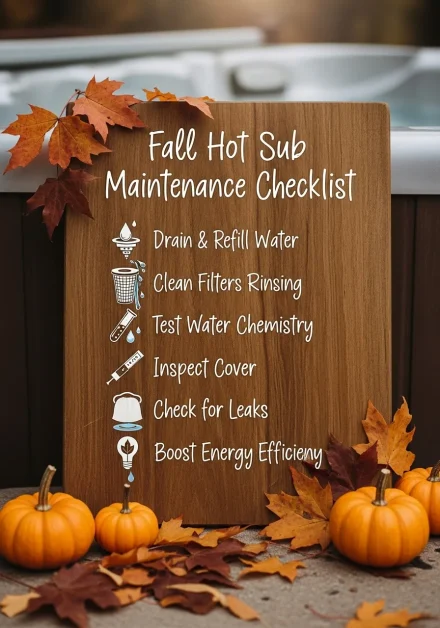
Fall Hot Tub Maintenance Costs
Fall maintenance involves costs for water care, electricity, filters, and occasional professional services. These expenses vary based on hot tub size, usage, and climate. Below is a breakdown of typical costs to help you budget effectively and avoid costly repairs.
Key Cost Factors
- Water Care: Chemicals like chlorine, pH adjusters, and shock treatments keep water safe.
- Electricity: Heating costs rise in fall due to cooler temperatures.
- Filters: Regular cleaning and periodic replacement ensure water clarity.
- Professional Services: Optional for tasks like draining or repairs, saving time but adding cost.
Average Monthly Costs
The table below summarizes typical monthly costs for fall hot tub maintenance, based on standard usage (3-4 times weekly) and efficient models. Costs are averaged from reliable sources.
| Task | Monthly Cost (USD) | Details |
|---|---|---|
| Water Care (Chemicals) | $20 | Includes chlorine granules, pH adjusters, and weekly shock treatments. |
| Electricity | $20–$40 | Varies by insulation, cover quality, and local rates; higher in colder areas. |
| Filter Maintenance | $5 | Amortized cost; $15–$60 filters replaced every 12–24 months. |
| Professional Service | $50–$200 (optional) | Weekly or monthly visits for water testing, cleaning, or draining ($100–$150 per drain). |
Total Estimated Monthly Cost: $45–$265, depending on DIY vs. professional maintenance and hot tub efficiency.
Cost-Saving Tips
- DIY Maintenance: Test and balance water yourself using test strips ($10–$20 for a season’s supply) to reduce professional service costs.
- Energy Efficiency: Use a high-quality, insulated cover and set the temperature to 100–102°F to minimize heat loss.
- Debris Management: Skim leaves daily and use a cover to reduce chemical and filter strain.
- Off-Season Purchases: Buy chemicals or filters in late fall for discounts, as retailers clear inventory.
Common Questions
- Why are fall costs higher? Cooler air increases heating demands, and falling leaves may require more frequent filter cleaning or chemical adjustments.
- Can I skip professional services? Yes, most tasks (e.g., water testing, filter cleaning) can be done DIY with basic tools, saving $50–$200 monthly.
- What if I need repairs? Minor repairs (e.g., leaks) cost $50–$100; major issues like pump replacement can run $300–$1,200.
Water Chemistry Guidelines
Maintain these levels to ensure clear, safe water. Test at least weekly, more often with heavy use or debris.
| Parameter | Ideal Range | Adjustment Tips |
|---|---|---|
| pH | 7.2-7.8 | Raise with pH increaser; lower with pH decreaser. |
| Total Alkalinity | 80-120 ppm | Use alkalinity increaser if low; muriatic acid if high. |
| Sanitizer (Chlorine) | 3-5 ppm | Add granules after use; shock weekly. |
| Sanitizer (Bromine) | 4-6 ppm | Use tablets in a floater; slower-acting than chlorine. |
| Calcium Hardness | 150-250 ppm | Add calcium increaser if low to prevent foaming. |
Values based on common recommendations. Adjust based on your sanitizer type and local water.
Additional Tips
- Shower before use to reduce contaminants.
- Limit sessions to 15-20 minutes for safety.
- If winterizing, follow manufacturer guidelines to drain lines and add antifreeze if needed.
- Consult your hot tub manual for model-specific advice.
Hot Tub Water Care Guide
We’re here to help.
